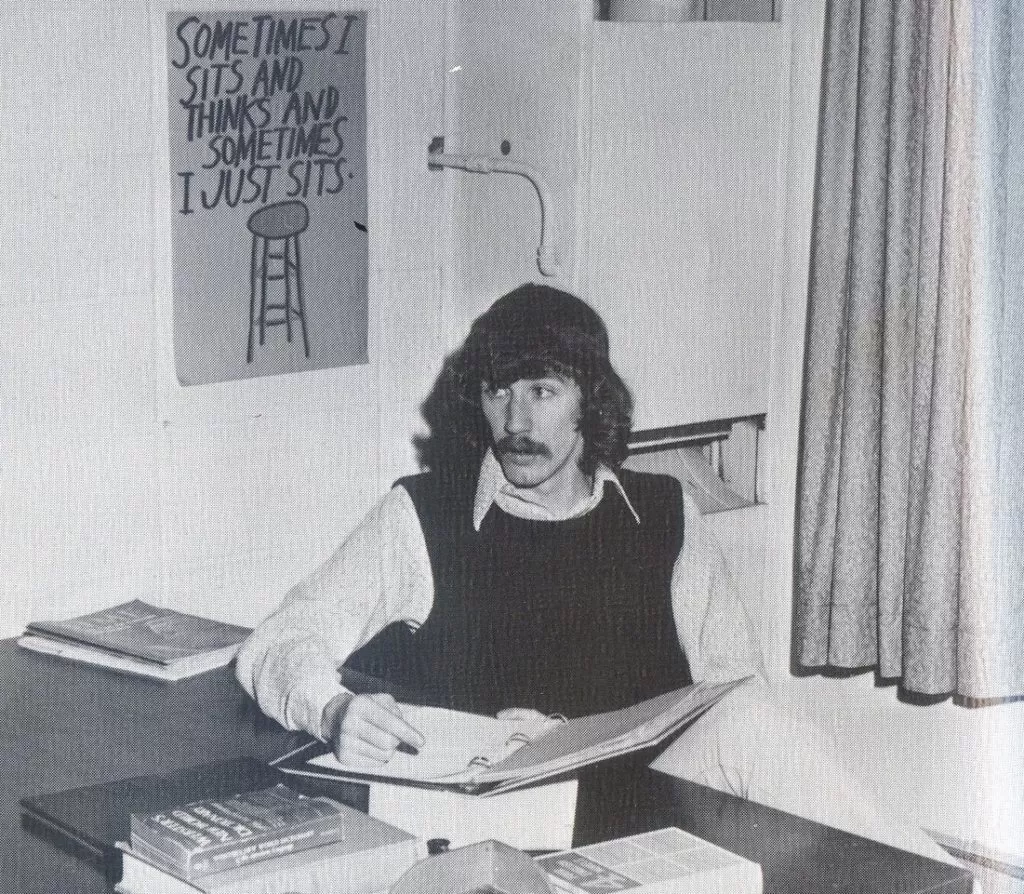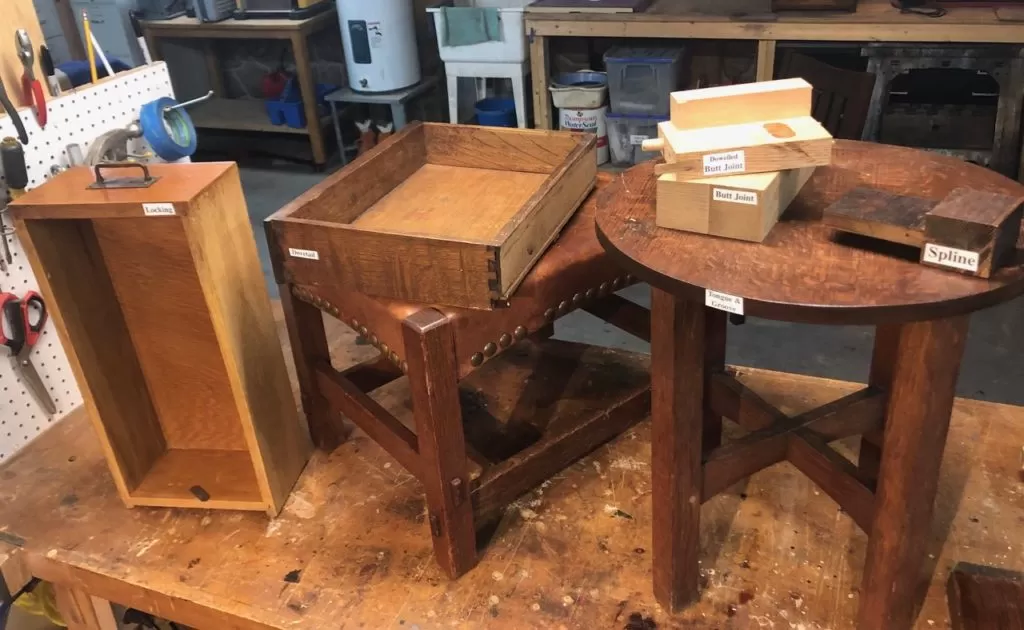To Teach Is to Learn
There’s an old saying I was reminded of this week: that you never really learn something until you try teaching it to someone else.
I can still distinctly remember sitting in Dr. Thornberry’s class on “Shakespearean Tragedies” on the third floor of Simpson Hall, located on the campus of Western Illinois University. As great of a teacher as Dr. Thornberry was, however, I never learned as much about Shakespeare’s tragedies as I did a year later when I was facing 23 high school seniors, each wondering why they were holding a paperback copy of “Macbeth.”
“Tomorrow and tomorrow and tomorrow,
Creeps into this petty pace from day to day
To the last syllable of recorded time.”
Back then, classroom technology meant you had a scratchy LP recording of a production by the Royal Shakespeare Company, which just wasn’t quite the same as having your students pull it up on their laptops on YouTube. Of course, if you Google “Macbeth” today, you get a gothic rock metal band from Italy.

I’m not sure what, if anything, my first group of high school seniors – all of whom were just five years younger than me — could recall from our class together, but I can still recite passages that ring true today, a mere 414 years since it premiered at the Globe Theatre by the Thames River.
“Present fears are less than horrible imaginings.”
“A little water clears us of this deed.”
“I have bought golden opinions from all sorts of people.”

Writing drew me to teaching and writing drew me away, as five years later I left the classroom for a larger audience, sharing my experiences with antiques, restoration, history, and Arts and Crafts through my talks, articles, books, and conferences.
This past week we added to that list a few Arts and Crafts videos. My assistant Kate assumed the role of videographer, as she and I began taping a series of short educational videos for the Stickley Museum at Craftsman Farms series of Saturday Zoom presentations. I was allowed to choose my topics, so naturally I gravitated toward my first Arts and Crafts love: furniture.
As familiar as I felt with such standard Arts and Crafts terms as quartersawn and rift sawn oak, keyed tenons, splined, dovetailed and locking joints, growth rings, and medullary rays, as soon as I began determining what would be required to teach those definitions to an online audience, I began to learn even more about them.

My props came from various rooms in our house, prompting me to take an even closer look at pieces I have for years casually enjoyed, but looked passed. As I selected those with the best examples of the various terms I wanted to explain and explore, I realized I was gaining a renewed appreciation for the design and craftsmanship inherent in each one of them.
And, once again, the teacher became the student.
Until next week,
“When shall we three meet again: in thunder, lightning, or in rain?”
Bruce
For more information and the schedule for the coming video presentations arranged by the Stickley Museum at Craftsman Farms, please visit: https://www.stickleymuseum.org.
